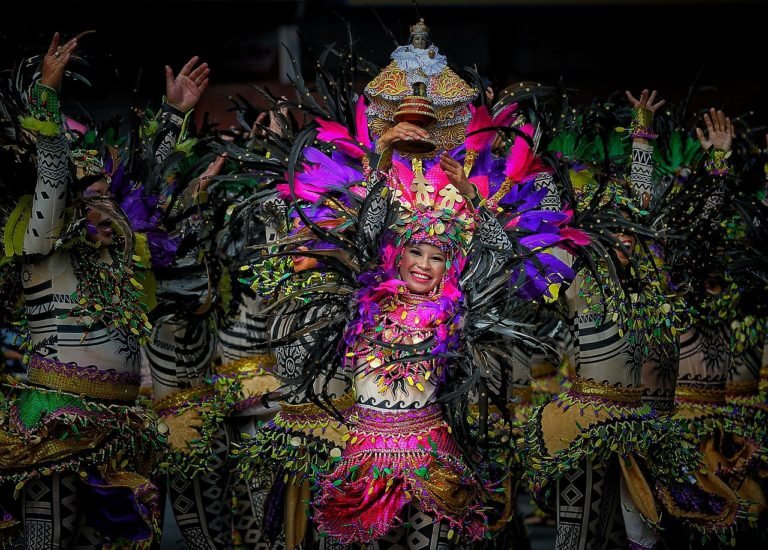Contenus
ToggleIn short
The Sinulog festival, as well as Ati-Atihan, Dinagyang are celebrated on the third Sunday of January in the Philippines in honor of the Child Jesus (Santo

The festival of Sinulog, Ati-Atihan, Dinagyang
Sinulog means “like the flow of water” and is actually the name of the dance ritual in honor of the Santo Niño. The dance moves to the rhythm of the drums and it resembles the flow of a river in Cebu. Thus, calling it the Sinulog dance.
The sinulog was already danced by the natives in honor of their wooden idols and anitos even before the Portuguese navigator Ferdinand Magellan came to Cebu on April 7, 1521 to plant the cross on its shore and claim the country for the king of 'Spain. Then Magellan came and introduced the
He gave the image of Santo Niño as a baptism gift to Hara Amihan, who was later named Queen Juana, wife of Rajah Humabon of Cebu. At that time, more than 800 were baptized, including rulers and their subjects. But soon after the religious conversion, Magellan was killed in a reckless fight with the reigning ruler of Mactan, Lapu-Lapu, on April 27, 1521.
The Kalibo carnival on Panay is one of the most famous festivals in the country. On the last evening of the Anti-Atihan festival, a fire parade takes place. Thousands of participants crowd the streets with lit bamboo torches, statues of the child Jesus are carried to the rhythm of the music played and everyone goes to the Kalibo Cathedral.
The Dinagyang Festival consists of three important events: the Ati Tribe Pageant, the Kasadyahan Cultural Pageant, and the Miss Iloilo Dinagyang Pageant. The Ati tribe's competition includes various "warrior" dancers with a shield and spear. The dancers move and sing to the loud drum beats.
Social networks
Today, in various parts of the Philippines the birth of the Child Jesus is celebrated. The festivals of Sinulog, Ati-Atihan, Dinagyang combine traditions and Christianity in dances, costumes and songs. #mythology #myth #legend #January #calendar #sinulog #ati-atihan #dinagyang
Picture
